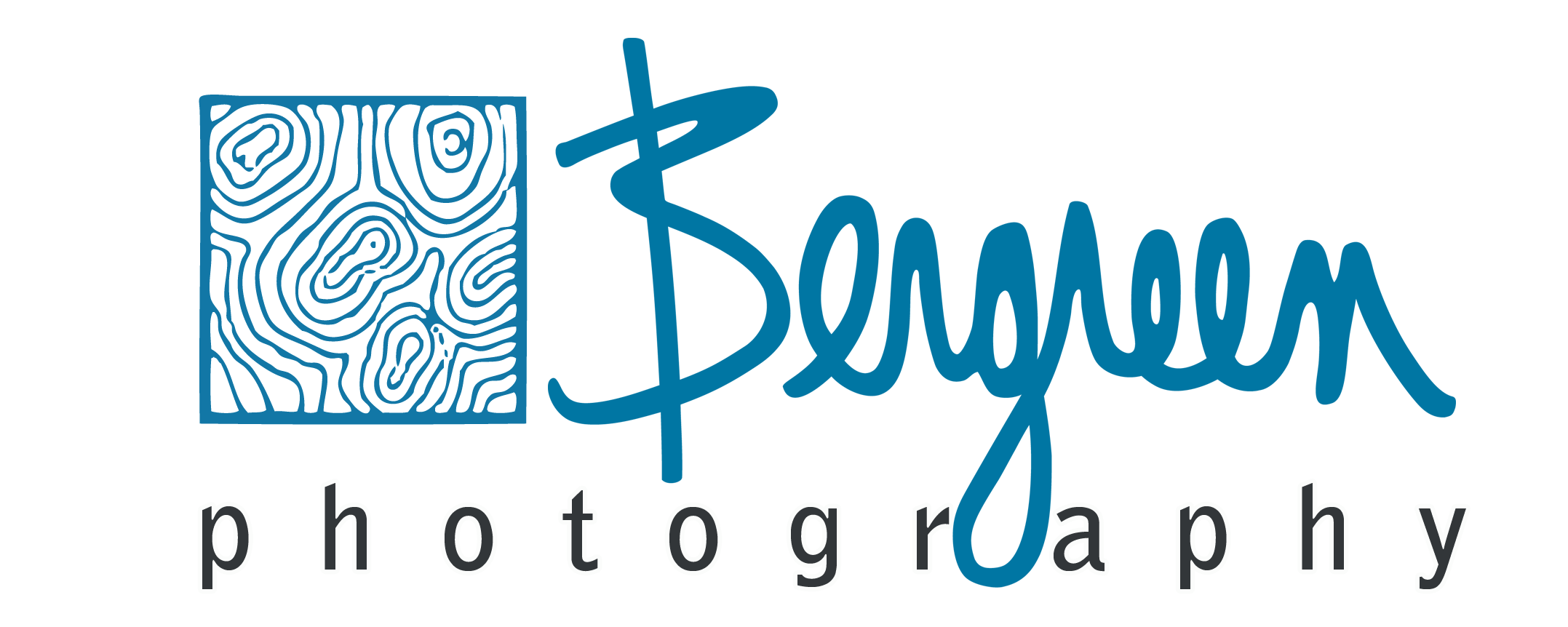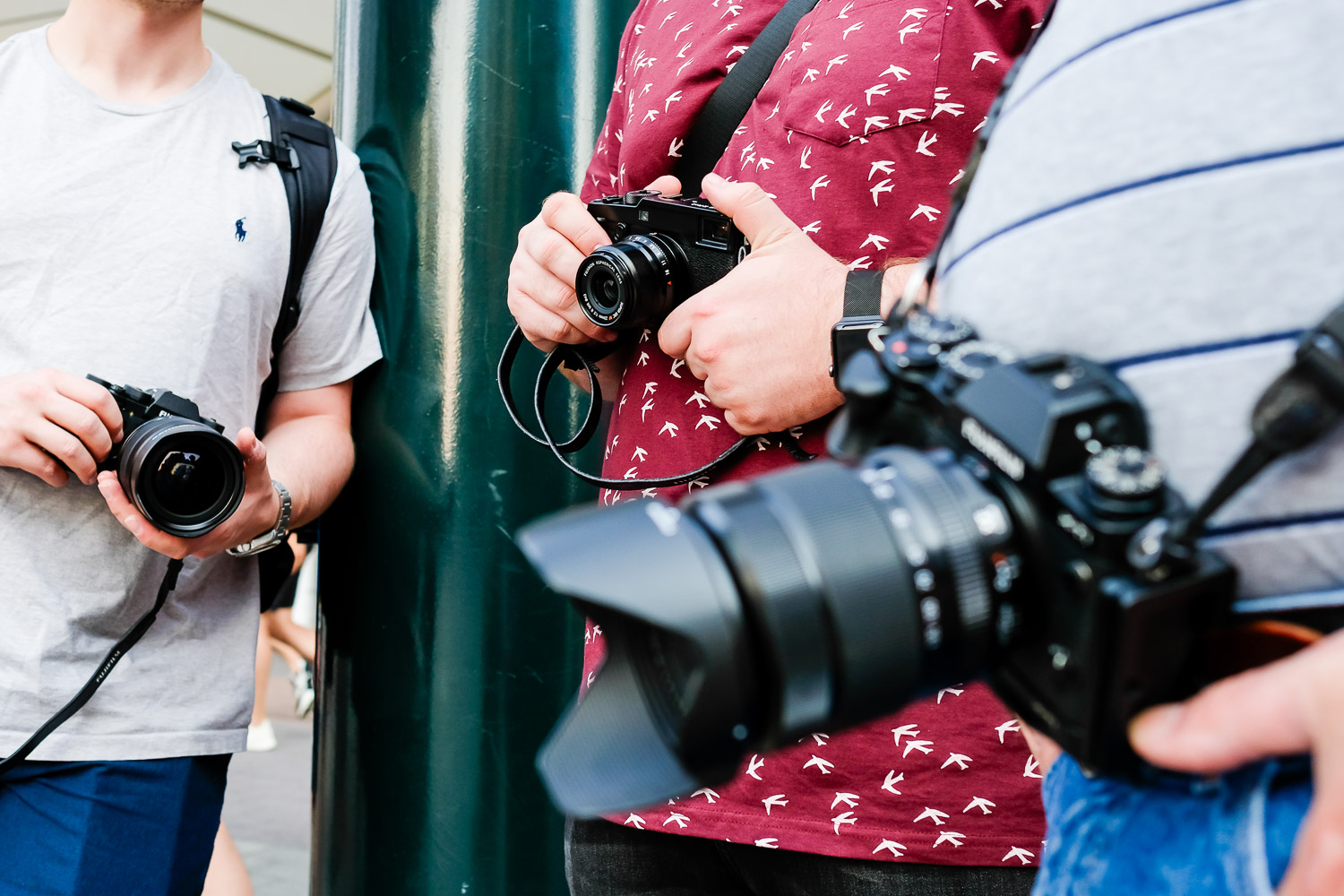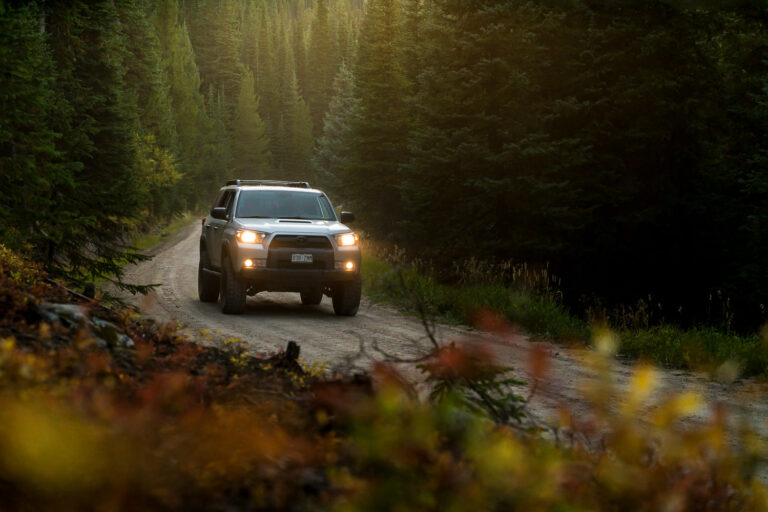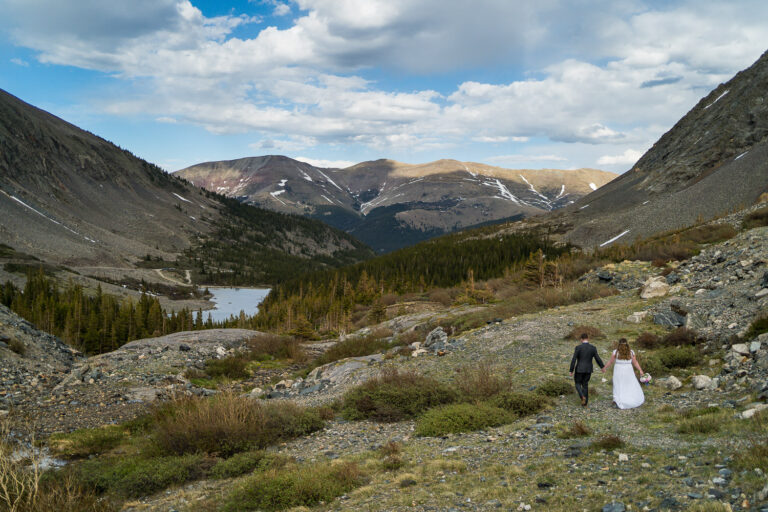Mirrorless vs DSLR cameras: Key Differences
In this guide, I’m going to talk through the differences between mirrorless and DSLR cameras. As a professional photographer for over a decade, I’ve seen the rise of mirrorless cameras and am now a Sony shooter. This guide will help you walk through the various aspects of the decision.
You’ll also learn about and understand the differences between mirrorless cameras and DSLR cameras so that you can make the best decision for your own needs. In the mirrorless vs DSLR debate, I hope to provide you with a lot of information to help you understand what both DSLR and mirrorless cameras offer.
If you follow the photography gear section of our blog you’ll see reviews of Sony lenses (Sony 70-200, 30mm vs 50mm) and Sony Cameras in my travel, adventure, and wedding photography gear. The evolution of digital cameras is characterized by a continuous quest for improved image quality, performance, and user experience.
My Pick for DSLR Cameras:
Best Quality: Canon 5D Mark IV – One of the best DSLRs made by Canon!
More Affordable: Canon 5D Mark III – Tried and true but still affordable!
Budget Option: Canon 6D Mark II – Excellent bang for your buck!
My Top Picks for Mirrorless Cameras:
Best Quality: Sony A7IV – Excellent photo and video features!
More Affordable: Sony A7III – Excellent for photography!
Budget Option: Sony A7II – Very good quality for the price, get extra batteries 🙂
Mirrorless vs DSLR: The History and the Choice
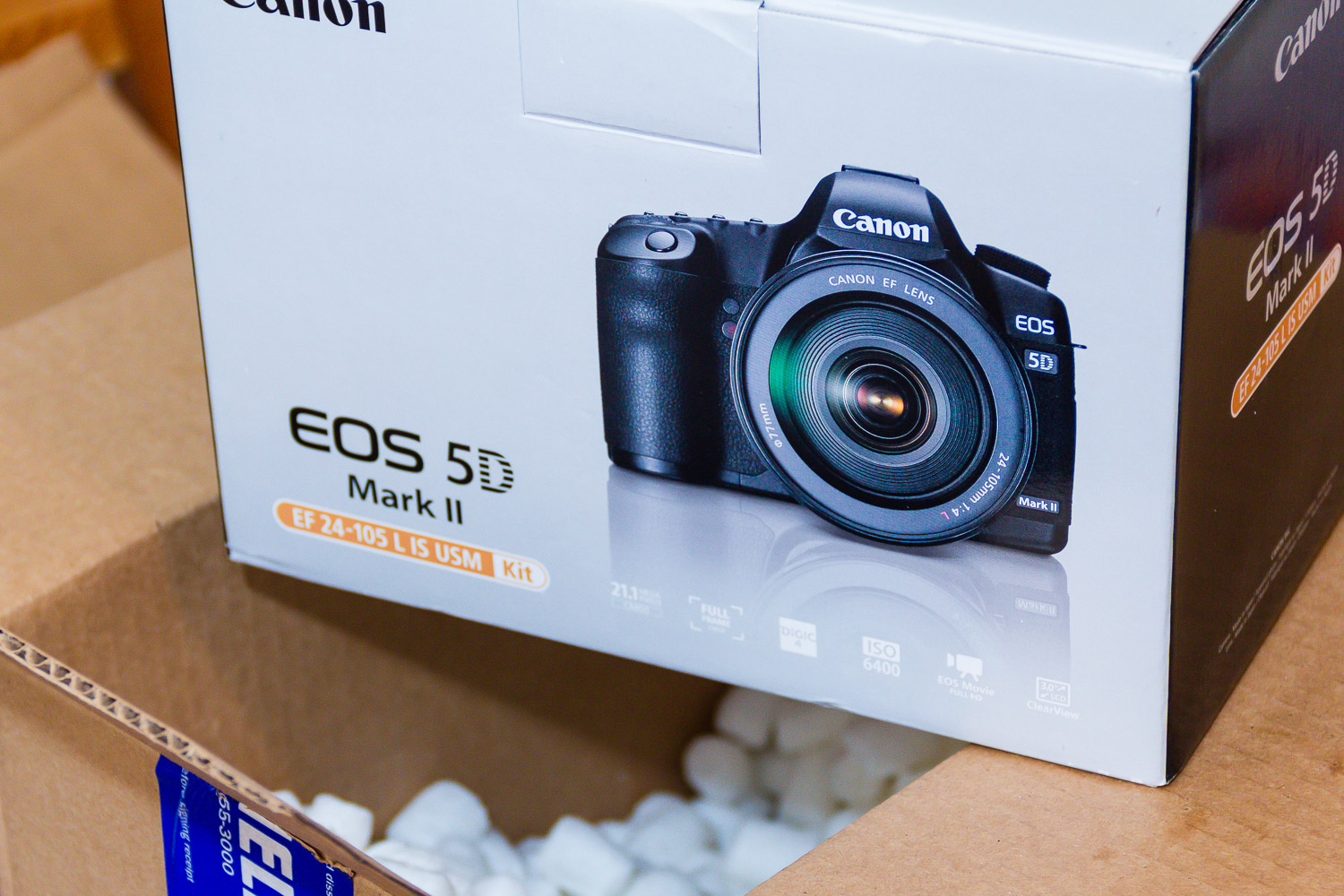
The purpose of this article is to compare mirrorless vs DSLR cameras so that you can make an informed choice. Let’s start with a brief overview of digital cameras and the technological advancements as well as consumer preferences. Digital images dates back to the 1950s and 1960s but consumer digital cameras emerged in the 1990s.
The early digital cameras were bulky, low-resolution, and expensive which brought about the transition to compact digital cameras. Brands like Canon, Nikon, and Sony competed to bring cameras that were smaller in size, easier to use, and more affordable. Digital Single-Lens Reflex (DSLR) cameras became popular in the early 2000s offering professional-grade image quality and versatility.
Over the years sensor technology improved leading to higher resolutions, better low-light performance, and enhanced dynamic range. Then, in the early 2010s mirrorless interchangeable-lens cameras offered compactness and innovative features and eventually began to bridge the gap in terms of image quality and superior autofocus performance.
Understanding Mirrorless Cameras
Since I’m a fan of mirrorless cameras, let’s start by understanding mirrorless cameras and what all the hype is about. In this section, I’ll talk through the main advantages of mirrorless cameras which comes down to size and weight, autofocus capabilities, video performance, and electronic viewfinders.
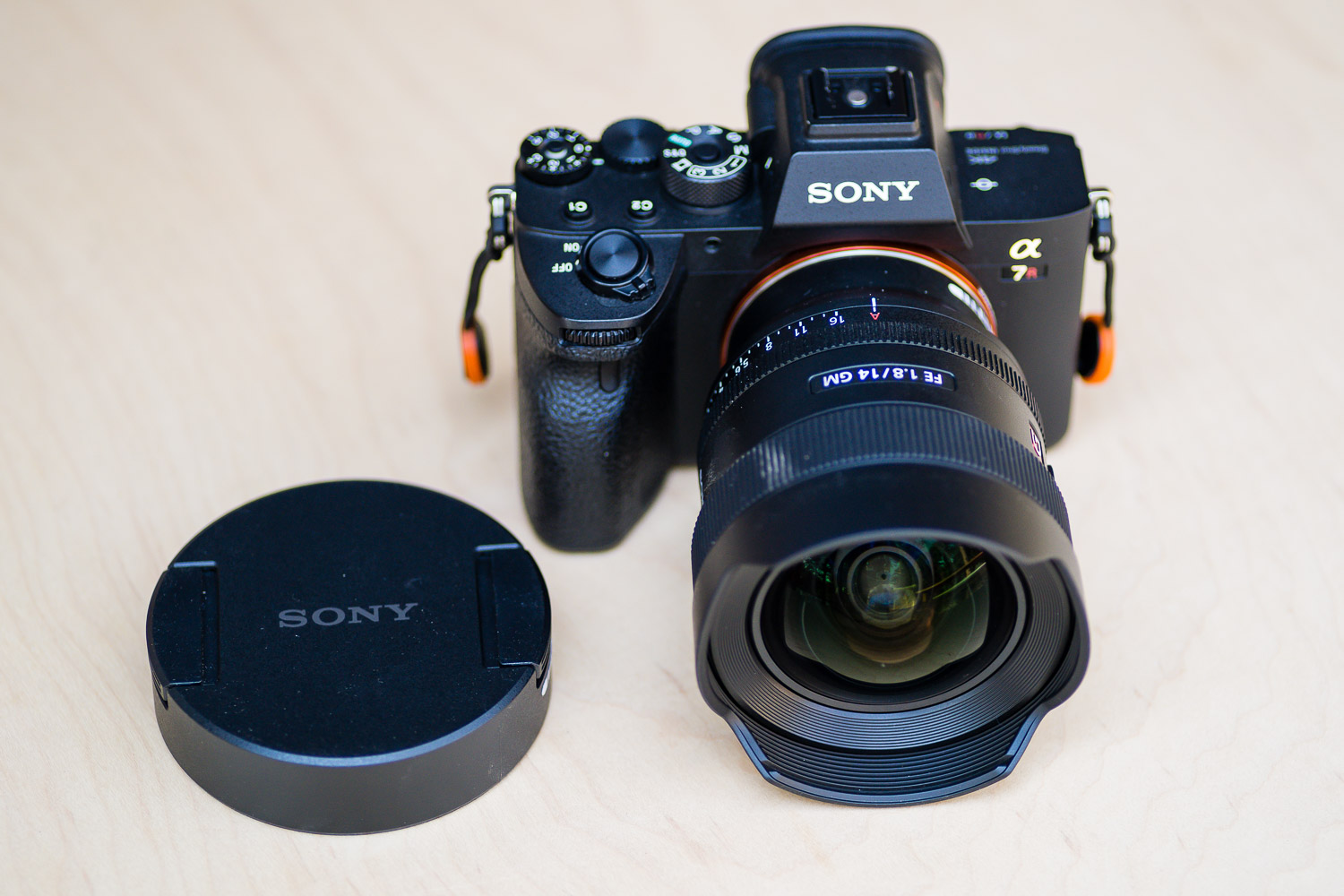
What is a Mirrorless Camera?
Mirrorless cameras are also known as mirrorless interchangeable-lens cameras (MILC.) They are a type of digital camera that doesn’t use a mirror and optical viewfinder system like the more traditional Digital Single-Lens Reflect (DSLR) cameras. Instead, it uses a digital display system or an electronic viewfinder (EVF) to preview the image directly from the camera’s image sensor. In short, you’re looking at a screen inside the viewfinder that shows you exactly what your image will look like.
Like DSLRs, mirrorless cameras typically feature interchangeable lenses, allowing photographers to use a wide range of lenses suitable for various photography styles and situations. Mirrorless cameras often incorporate innovative features such as in-body image stabilization (ISIS), silent shooting modes, customizable controls, and advanced shooting modes like focus peaking and zebra patterning for precise focusing and exposure control.
Overall, mirrorless cameras offer a compelling alternative to traditional DSLRs, providing photographers with a versatile and compact imaging solution that combines the flexibility of interchangeable lenses with advanced digital technology.
Size and Weight Advantages
The absence of a mirror mechanism makes a mirrorless camera more compact and lightweight compared to DSLRs. This makes them ideal for travel photography, street photography, and other situations where portability is essential.
Autofocus Capabilities
Many mirrorless cameras boast advanced autofocus systems. Often they utilize both contrast and phase-detection autofocus technology which enables fast and accurate focusing, especially in continuous shooting and video recording scenarios.
The latest mirrorless cameras will lock on eyes and faces (and even animals) which makes them far superior to DSLRs.
Video Performance
Many mirrorless cameras excel in video recording, offering high-quality video capture, 4k resolution (or higher), and advanced video features such as focus tracking, manual control, and external microphone inputs.
Combining this video performance with the autofocus tracking capabilities makes them very user-friendly for capturing video.
Electronic Viewfinders
Mirrorless cameras employ an electronic viewfinder or a digital display screen to provide a real-time preview of the image captured by the camera’s image sensor. This allows photographers to see the exact exposure and depth of field before capturing the final image itself.
Originally I thought this would be a hindrance to the traditional mirror but it is so much faster because I can see my exposure before pressing the shutter button.
Exploring DSLR Cameras
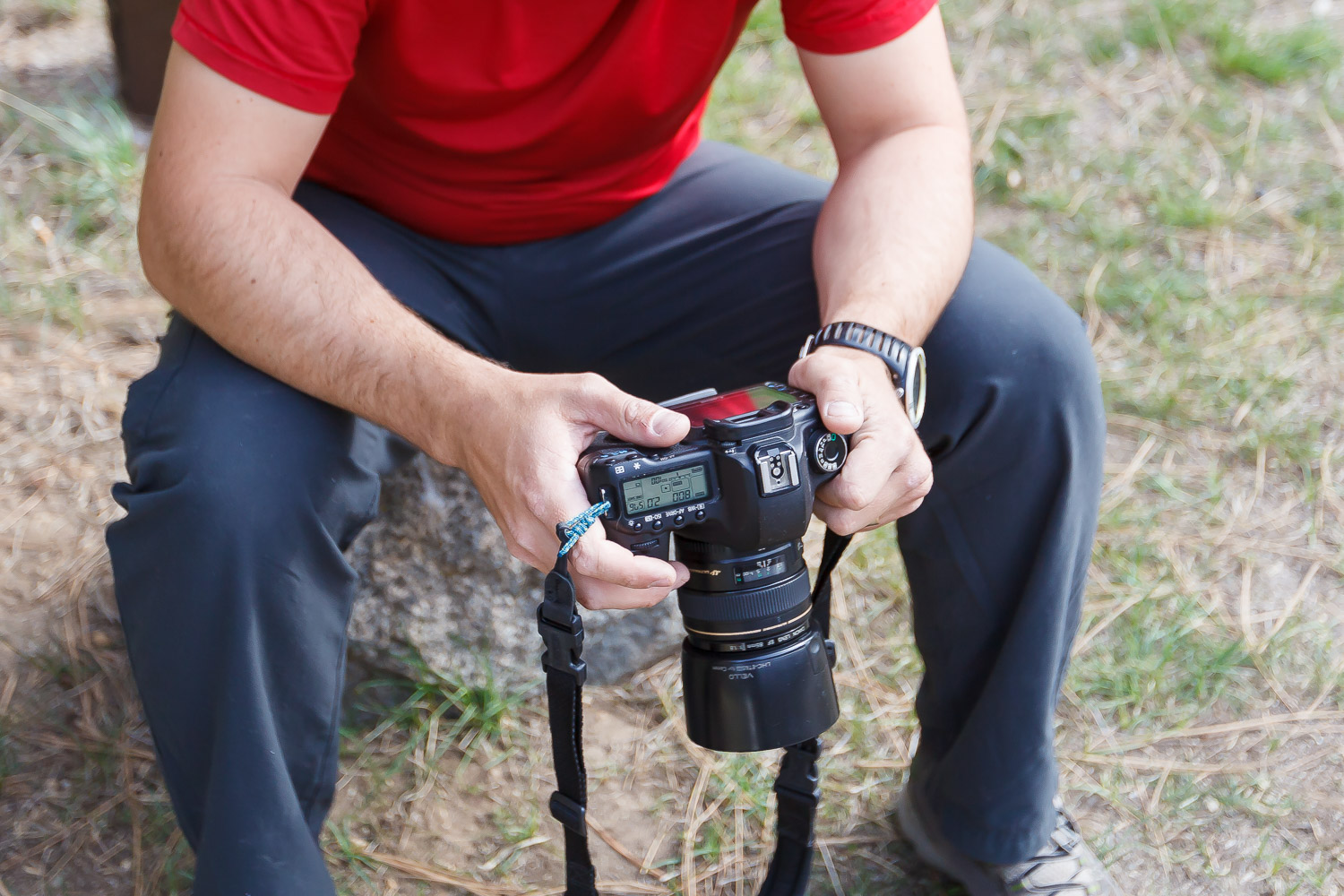
Let’s go back and examine DSLR cameras so that we can understand why these still own a bit of market share and are popular enough that DSLR and mirrorless cameras still coexist today in the camera world.
We’ll talk about optical viewfinders, battery life and reliability, the lens ecosystem, and ergonomics and handling. You’ll also notice that brand loyalty plays a big part in camera system selection which is either fancy marketing or nostalgia.
Despite the rise of mirrorless cameras in recent years, DSLRs remain popular among photographers, particularly professionals, and enthusiasts who value the optical viewfinder experience, extensive lens ecosystems, and proven performance of DSLR systems.
Plus, there is a ton of used camera equipment in the DSLR category on the market as people transition to mirrorless.
What is a DSLR camera?
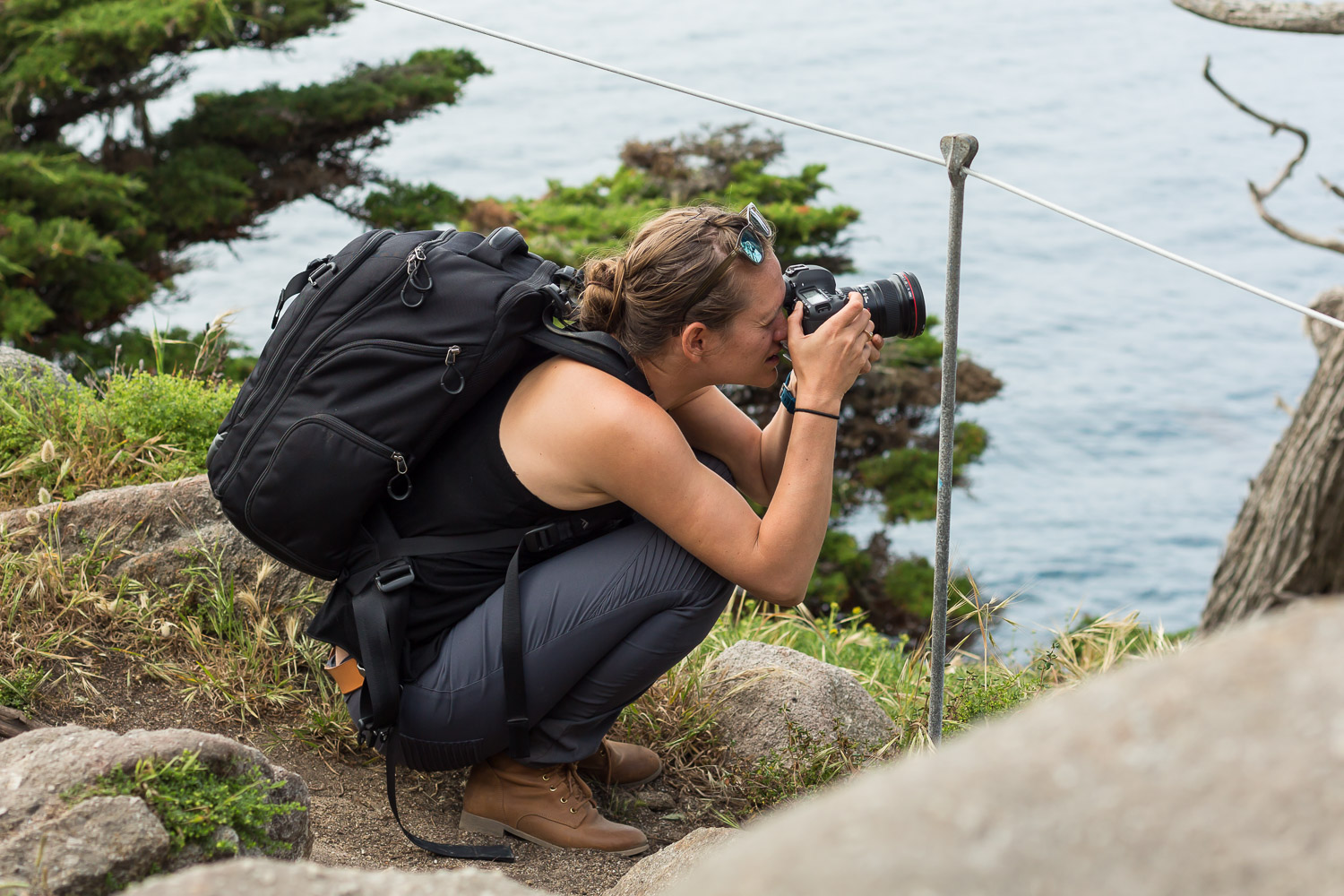
Digital Single-Lens Reflex (DSLR) cameras are a type of digital camera that uses a mirror mechanism to reflect light from the camera’s lens to an optical viewfinder (OVF). Single Lens Reflex refers to the mechanism where a single lens is used for both capturing the image and providing the viewfinder image.
DSLRs have a mirror inside the camera body that reflects light coming through the lens upward into the optical viewfinder. When the shutter button is pressed to take a photo, the mirror quickly flips up, allowing light to reach the camera’s image sensor.
DSLRs feature interchangeable lenses, allowing photographers to use a wide range of lenses for various needs and purposes. DSLRs typically have large image sensors compared to compact cameras and smartphones and were known for their fast and responsive performance during their peak in the early 2010s.
Optical viewfinders
DSLRs use an optical viewfinder, which allows photographers to see the scene directly through the camera’s lens via a system of mirrors and prisms. This provides a real-time optical view of the subject with minimal delay and without the need for electronic displays.
The downside to optical viewfinders is that they can tell you very little about how your exposure will make the image actually look. Sure you can use the light meter but this may not work if you want to shoot a silhouette or overexpose the backdrop.
Battery Life and Reliability
DSLRs generally have longer battery life compared to mirrorless cameras due to their simpler electronic systems and lower power consumption. DSLR batteries can often last for several hundred shots on a single charge, making them suitable for extended shooting sessions without frequent battery changes.
DSLRs use power only when capturing an image or reviewing photos on the LCD screen, resulting in relatively low power consumption during actual shooting. The absence of electronic viewfinders and continuous live view usage helps conserve battery power.
DSLRs are known for their robustness and reliability in various shooting conditions, including extreme temperatures and challenging environments. Their simpler mechanical design and fewer electronic components make them less susceptible to malfunctions due to environmental factors.
DSLRs are renowned for their durability and reliability, with many models designed to withstand heavy use and demanding shooting conditions. They have a proven track record in professional photography and are trusted by photographers worldwide for their rugged construction and dependable performance. Dropping a DSLR on concrete? It will likely still work. From experience, mirrorless cameras are not so rugged.
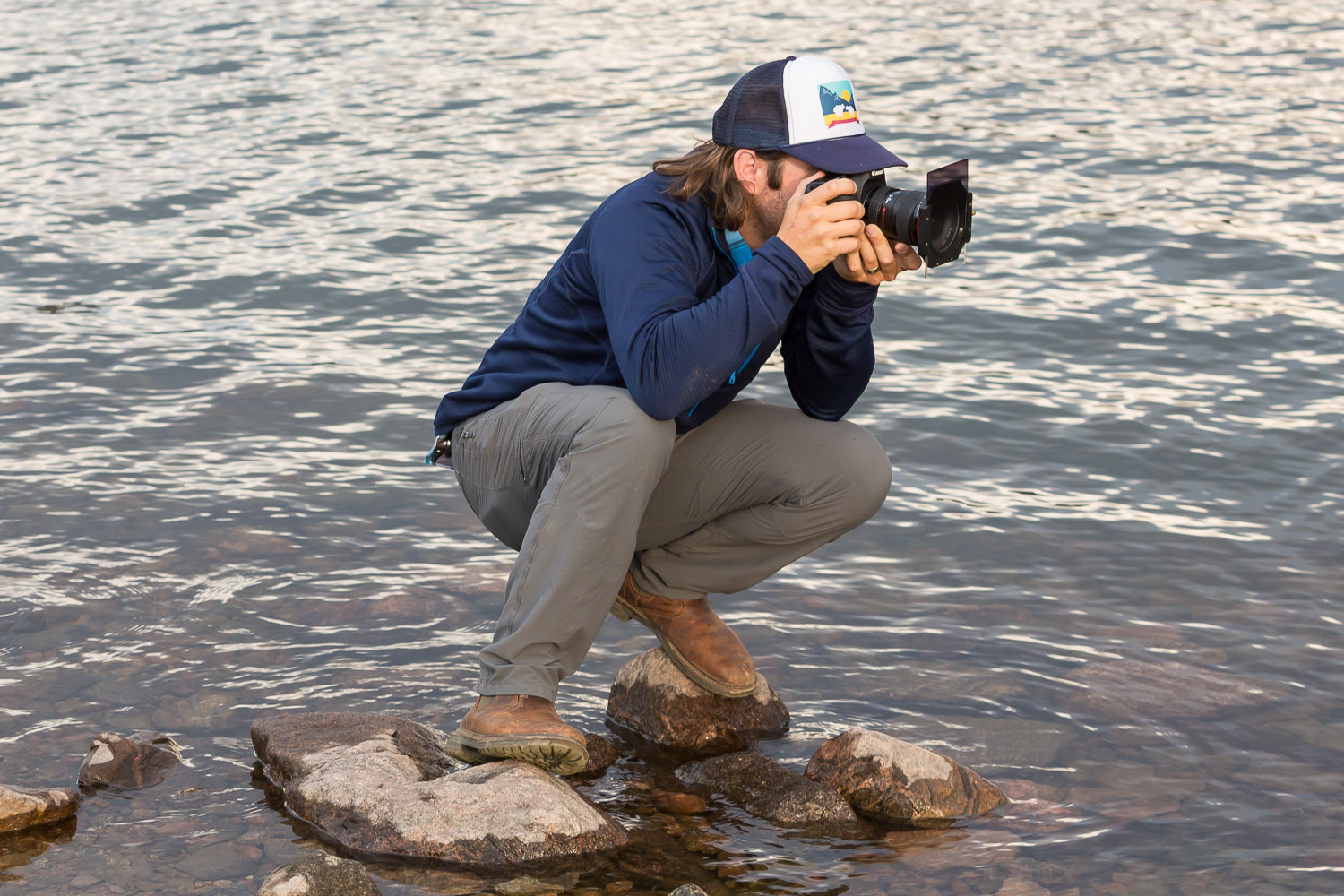
Mirrorless cameras typically have shorter battery life compared to DSLRs, primarily due to their more complex electronic systems, including electronic viewfinders (EVFs) and continuous autofocus systems. Mirrorless cameras continuously power electronic components such as electronic viewfinders (EVFs) and rear LCD screens, resulting in higher power consumption, especially when using features like continuous autofocus, video recording, or live view shooting.
Mirrorless cameras may be more sensitive to extreme temperatures and adverse weather conditions due to their electronic components and compact design though many mirrorless cameras feature weather-sealed bodies for protection against dust and moisture.
Despite their initial stigma, mirrorless cameras have made significant strides in reliability and durability, with many models offering robust build quality and weather-sealed bodies. However, some photographers may still perceive mirrorless cameras as being less durable than DSLRs due to their compact size and reliance on electronic components.
Established Lens Ecosystem
DSLRs having been around a long time have an established lens ecosystem which makes sticking with the camera system an attractive choice. They are also compatible with a wide range of accessories including external flashes, battery grips, remote triggers, and lens filters, allowing photographers to customize their needs and preferences.
After almost two decades, there is also a huge market for used DSLR gear. You can get a ten-year-old camera that still has impressive performance for a great price.
Ergonomics and Handling
DSLRs are often built with durable materials and ergonomic designs, providing comfortable handling and reliable performance in various shooting conditions. They are commonly used by professional photographers who require robust and dependable equipment.
You might not want to lug one around all day, but if you don’t shoot events or climb mountains, no problem!
Image Quality and Performance: DSLR vs mirrorless
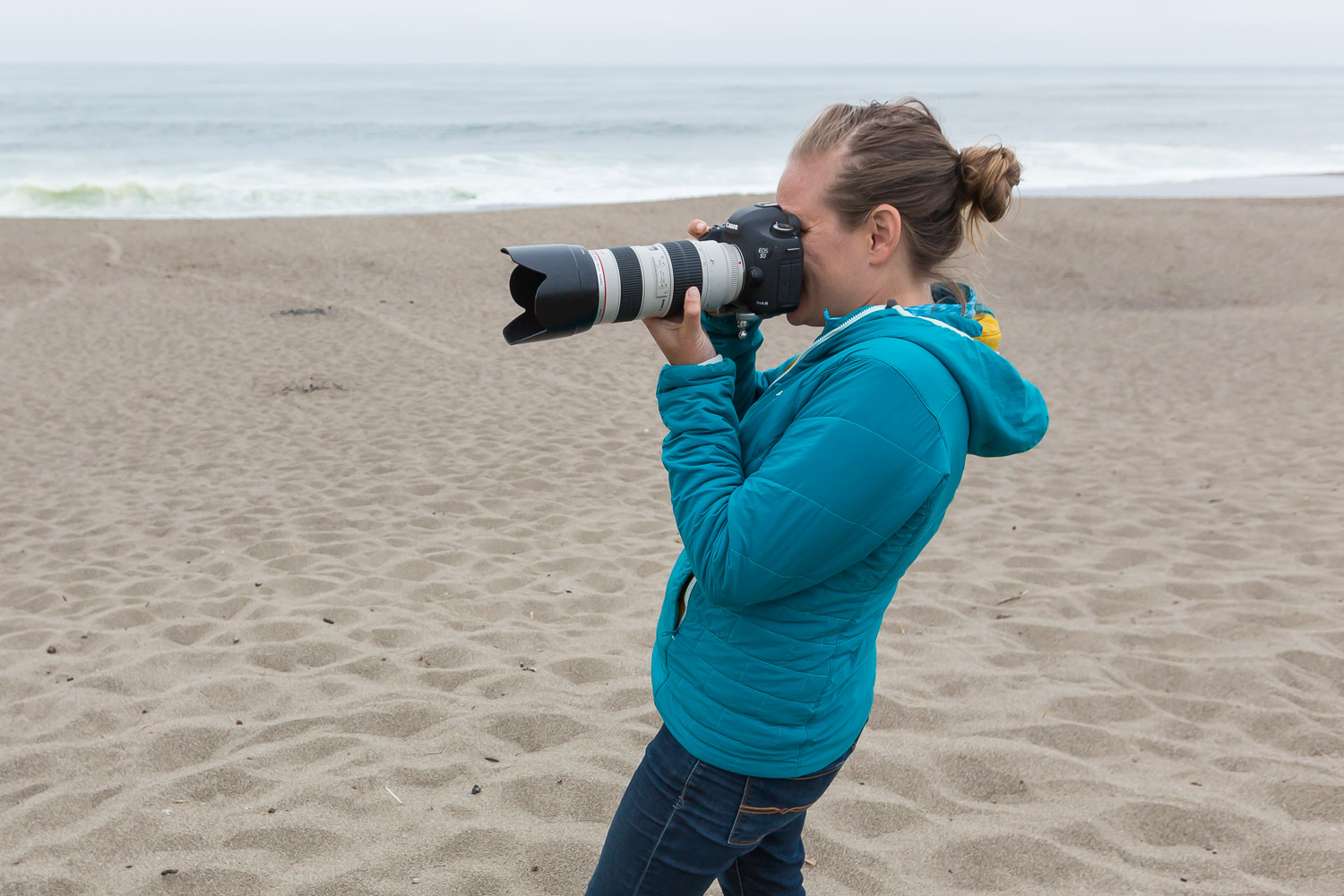
When comparing image quality and performance between DSLR and mirrorless cameras, several factors come into play. In this section, we’ll talk through sensor technology, autofocus systems, image stabilization, and overall shooting capabilities. This is an overview of how DSLRs and mirrorless cameras typically compare in terms of image quality and performance.
DSLRs are known for their robust and reliable performance, with fast shutter speeds, minimal shutter lag, and quick response times. They are well-suited for a wide variety of photography genres, including portrait, landscape, and wildlife photography.
Mirrorless cameras have initially lagged DSLRs in terms of performance but now they far exceed them in many areas. They provide photographers with advanced features, customizable settings, and innovative shooting modes for enhanced creative control and flexibility.
Sensor Technology
DSLRs traditionally feature larger image sensors, such as APS-C or full-frame sensors, which can result in excellent image quality, especially in low-light conditions. These sensors provide high dynamic range and low noise levels, contributing to superior image quality.
Although they were impressive for their time, DSLR sensors have been far outpaced by mirrorless cameras because that is where the market is headed. For example, Canon hasn’t released a new DSLR camera in over 4 years. All new innovations in sensor technology is being put into mirrorless cameras.
Mirrorless cameras also utilize APS-C and full-frame sensors, with the newest cameras far outpacing DSLRs in terms of low-light performance, resolution, and speed. Sure, DSLR cameras are still great for most shooting scenarios, but mirrorless is the future.
Low Light Performance
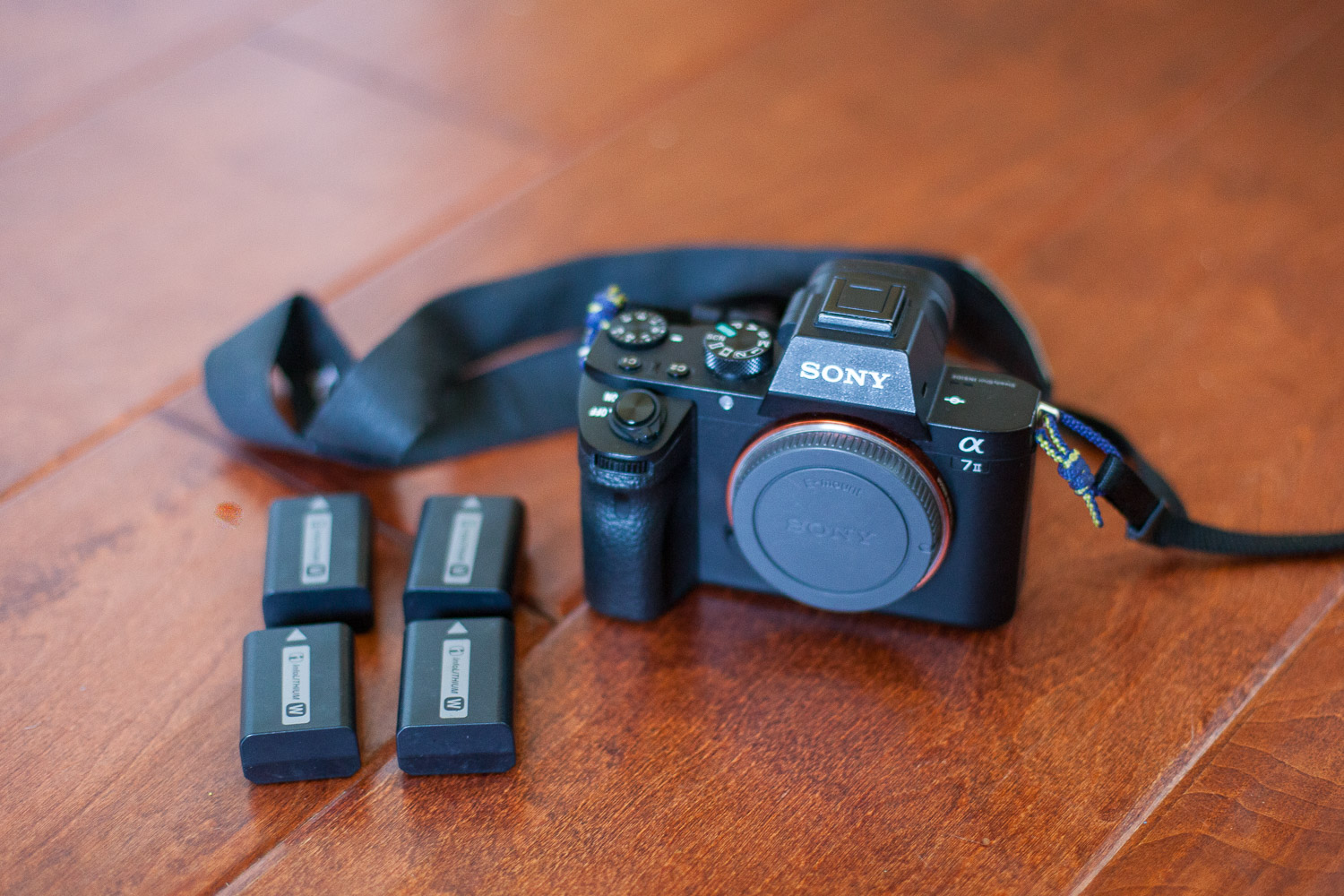
When comparing low light performance between DSLR and mirrorless cameras, several factors come into play, including sensor size, sensor technology, ISO performance, autofocus capabilities, and lens selection.
DSLRs and mirrorless cameras both often feature larger image sensors (full frame), which can capture more light and produce cleaner images with less noise in low-light conditions. The larger sensor size allows for larger individual pixels, which enhances light sensitivity and increases the signal-to-noise ratio. This means less digital noise in your images.
Based on my experience, DSLR cameras can shoot up to about ISO 3200 (maybe 6400) before they get too noisy to be useful. Mirrorless cameras can shoot comfortably up to ISO 6400 (or 12800 with the Sony A7Siii) before they start to get noisy.
DSLRs traditionally use phase-detection autofocus (PDAF) systems, which are good but often have a limited focus area. They are also not as responsive as mirrorless cameras. Many modern mirrorless cameras feature advanced autofocus systems with low-light capabilities, providing fast and accurate focusing even in dimly lit conditions. Combining this with their increased high ISO performance will give you a distinct advantage when shooting in low light.
The counterpoint to this is that DSLR lenses are often available at steep discounts so you could buy a fast prime lens (f/1.4 or even f/1.2) for those really dark conditions. Fast lenses are also available for mirrorless cameras but you’re going to pay a premium for these lenses.
Image Stabilization
DSLRs typically rely on lens-based optical image stabilization (OIS) when available in the lens. Some high-end DSLR models may feature sensor-shift image stabilization (IBIS) built into the camera body, but it is less common and not as good as you might find on a mirrorless camera.
Many mirrorless cameras feature sensor-shift image stabilization (IBIS) built into the camera body with impressive specs. The Sony A7RV claims 8 stops of IBIS!
Burst Shooting and Continuous Autofocus
In their prime, DSLRs were known for their fast burst shooting capabilities and reliable continuous autofocus performance, making them popular choices for sports and action photography. This performance has been exceeded with the release of cameras like the Sony A9iii that can shoot up to 120 fps with shutter speeds up to 1/80,000 of a second! That makes a DSLR seem like a rowboat in a powerboat race!
DSLR tech was impressive for its time and it is likely still more than adequate for most photographers! I certainly don’t want to cull a shoot from a camera that shoots 120 fps!
Considerations for Specific Uses
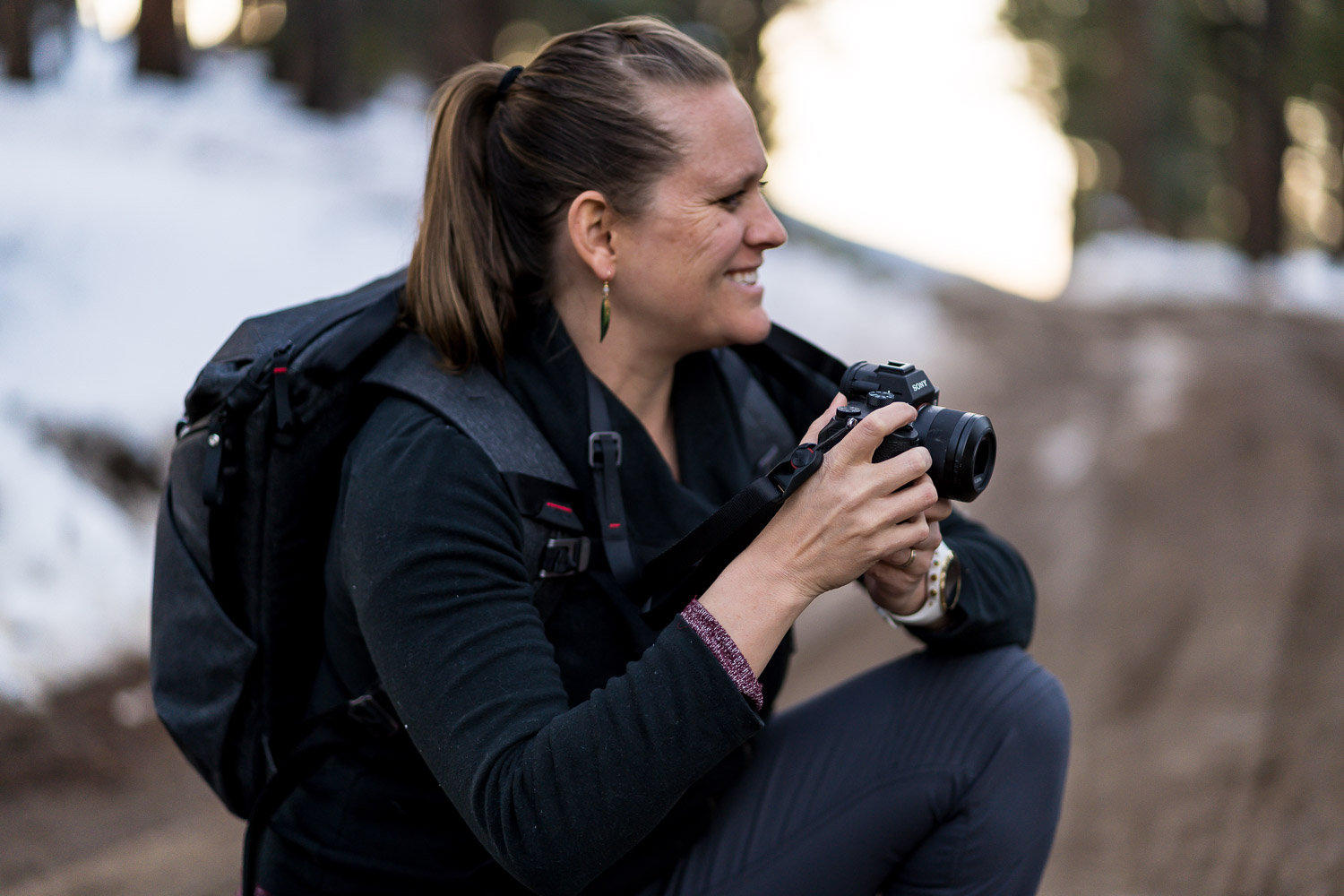
Let’s circle back to your priorities when it comes to your photography. Now that you have a solid grasp on the advantages of DSLR vs mirrorless cameras, you can better consider what suits your needs. DSLRs can be bulkier and heavier so you’ll want to consider if the robustness is an advantage or disadvantage. You’ll also want to decide if optical viewfinders and their precision is an advantage that is important to you or if you prefer the electronic viewfinder.
Travel, portrait, landscape, and street photographers might all have different reasons for choosing their camera system from the electronic viewfinder and beyond.
If budget is your primary concern, getting what was once a top-of-the-line camera for a substantial discount can be a great option. For example, you can get a Canon 5D Mark III for around $500 or less on the used market. This was the top-of-the-line camera in 2012 and many of the top pros were making impressive images with it!
Pricing and Cost of Ownership
When comparing pricing and cost of ownership between DSLR and mirrorless cameras, several factors need to be considered. You’ll want to think about the initial investment, ongoing expenses, and long-term maintenance. Here is a breakdown of these topics.
Initial Investment: DSLR vs Mirrorless Camera
Entry-level or used DSLR camera bodies can typically be found at lower initial price points compared to a mirrorless camera with similar specifications because it is a shrinking market.
While a mirrorless camera may have a higher initial price point due to newer technology and more compact design, there are budget-friendly options and some competitive mid-range mirrorless cameras.
Because mirrorless cameras are the future, I believe they will hold their value a little better than DSLR cameras. A quick example of two comparable cameras:
Canon 5d Mark II ~$500 used – released in 2012 as a flagship camera
Sony A7ii ~$500 used – released in 2014 as a flagship camera
Both are solid options with similar specs but the Sony A7ii is compatible with all modern Sony lenses and will likely hold its value a little better than the Canon 5d Mark III.
Lenses and Accessories: DSLR vs Mirrorless Camera
DSLRs benefit from a mature and extensive lense ecosystem with a wide range of options available from both the camera manufacturer and third-party lens manufacturers. Mirrorless cameras have a growing lens ecosystem and there are adaptors available to use DSLR lenses on mirrorless bodies.
Lens prices are similar but some premium mirrorless lenses can be more expensive due to advanced technology. If you want the most compact and highest-performance lens, you’re going to pay a premium.
Because lenses last much longer than camera bodies, investing in good lenses can be a lasting investment where as the latest and greatest mirrorless camera is going to go down in value as new models get released.
Long-Term Maintenance: DSLR vs Mirrorless Camera
DSLRs have fewer electronic components compared to mirrorless cameras, potentially resulting in lower maintenance costs over time. However, moving parts like the mirror mechanism may require repair. The shutter life is something to consider if you’re buying a used camera, especially a DSLR. Mirrorless cameras can capture images electronically without activating the shutter which may make shutter replacement a little less of a concern.
The only other concern for DSLRs is repairs. Over time, it may become harder to service older cameras because the parts are less available.
Up next, you might enjoy these wedding settings for photographers.
Summary

In your mind is there a clear mirrorless vs DSLR debate winner? I’m not even sure we should be talking about mirrorless vs DSLR but rather just being grateful for all the competition that leads to constant advancement in camera technology.
While I shoot with a mirrorless camera, I also have a fondness for the days of my Canon DSLR. I am grateful for all the new features and technologies that make the camera easier to use. Having fewer barriers to creating the images I envision is always appreciated!
About the Author
Thanks for stopping by! I’m Marc Bergreen, one half of a photography team based in Evergreen, Colorado. Among my gear tips, you’ll find everything you need to know about drone photography, drone accessories, and our ND filter guide. Links to products we like are affiliate links.
Reach out and let us know what you want to learn next.
Download our free guide on how to build a creative business and a life you love. Don’t hesitate to contact us and let us know how we can help!
In the meantime, remember to…

